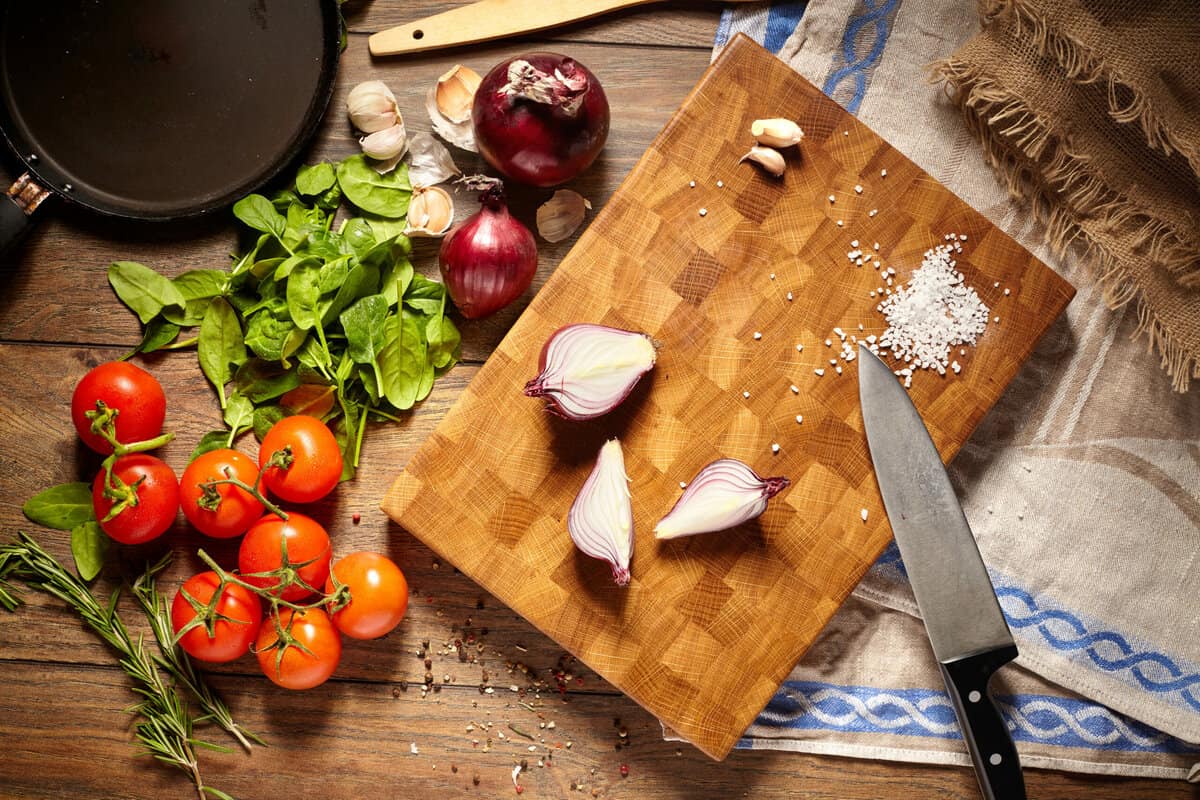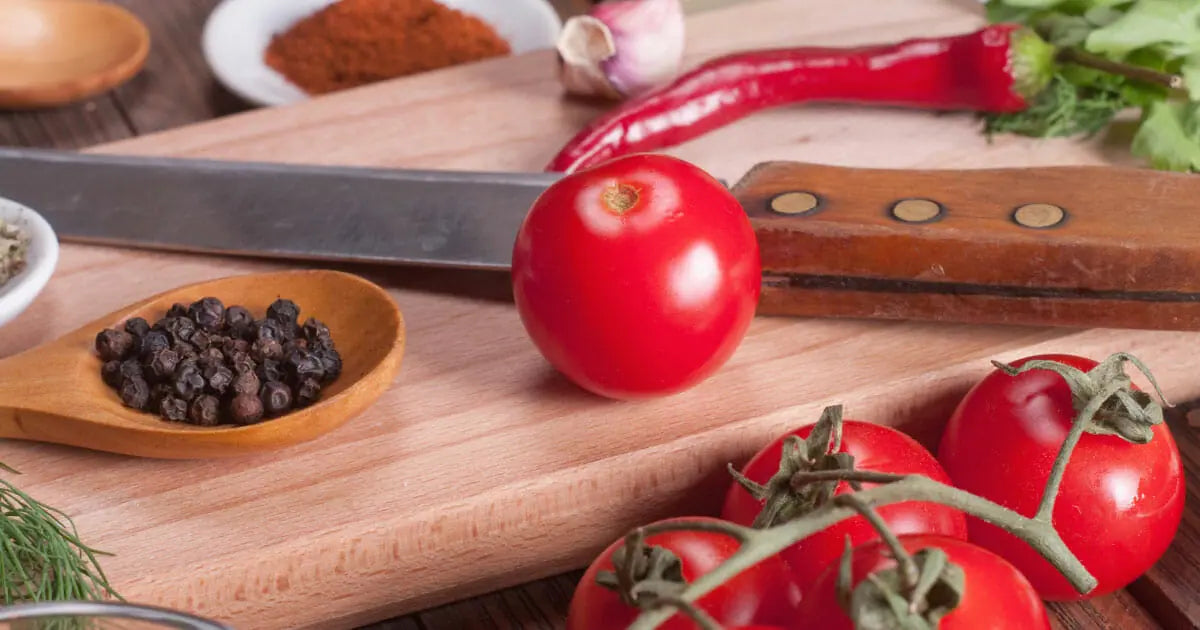A walnut cutting board is not just a tool; its an investment and a centerpiece for many professional kitchens. Its natural beauty and durability make it a favorite among chefs and kitchen enthusiasts alike. However, keeping it clean and in top-notch condition is essential to maintain its longevity and hygiene. Understanding how to clean walnut cutting board effectively is key to preserving its appearance and functionality. In this guide, we'll delve into the steps and techniques needed to care for your valuable walnut cutting board.

Why Walnut Cutting Boards Require Special Attention
Unlike plastic or glass cutting boards, walnut cutting boards are made from natural wood and require special attention to prevent cracking, warping, or stains. Their porous nature can absorb food residues and moisture, and if not properly cleaned, this can lead to bacterial growth. By following proper care techniques, you ensure both food safety and the longevity of the board.
If you're interested in maintaining other types of cutting boards as well, check out this guide.
Step-by-Step Process to Clean a Walnut Cutting Board
1. Pre-Cleaning: Remove Excess Debris
Begin the cleaning process by scraping off leftover food particles using a bench scraper or a spatula. Avoid using sharp tools that could scratch the surface of the board.
2. Washing the Surface
To clean your walnut cutting board, use warm water and a mild dish soap. Never immerse it fully in water, as prolonged exposure to water can cause the wood to swell or warp. Gently scrub the surface using a soft sponge. For stubborn stains, sprinkle coarse salt and use a lemon half to scrub, combining natural cleaning power with a gentle abrasive.
3. Rinsing and Drying
After scrubbing, rinse the board thoroughly with warm water. Immediately pat it dry with a towel, ensuring no moisture sits on the surface. Air drying is ideal, but make sure the board is placed upright to allow airflow on both sides.
4. Deep Cleaning: Tackling Odors and Bacteria
If your board has absorbed food odors or feels sticky, prepare a mixture of white vinegar and water in a 1:1 ratio. Wipe down the board with this solution, which acts as a natural disinfectant. Be cautious not to overuse vinegar, as it can dry out the wood.
For more advice on keeping your cutting boards stationary during use, take a look at this handy tip.
5. Reconditioning the Wood
To keep your walnut cutting board looking good as new, apply food-grade mineral oil or a cutting board conditioner. This step replenishes the natural oils of the wood and creates a barrier against moisture. Pour a small amount of oil onto the board and use a lint-free cloth to rub it in circular motions. Let the board rest overnight before wiping off any excess oil.
Common Mistakes to Avoid When Cleaning Walnut Cutting Boards
- Never soak: As mentioned, soaking the board can lead to irreversible damage.
- Avoid harsh chemicals: Bleach or ammonia-based cleaners will harm the woods finish.
- No dishwashers: Always hand wash your walnut cutting board to protect its structure.
- Do not neglect oiling: Regular oiling is crucial to prevent cracking and maintaining the shine of your board.
For detailed coatings and finishes, learning how wooden boards are crafted could be insightful.
FAQs About Cleaning Walnut Cutting Boards
1. Can I use olive oil for conditioning my walnut cutting board?
No, olive oil can go rancid and develop an unpleasant odor. Always stick to food-grade mineral oil or specialized board conditioners.
2. Should I sand my walnut cutting board?
You can sand the surface occasionally with fine-grit sandpaper if you notice deep scratches or uneven areas. Always recondition the board after sanding.
3. How often should I oil my cutting board?
Oiling depends on usage. For heavy use, apply oil every 2-3 weeks. Otherwise, monthly oiling should suffice.

Conclusion
Knowing how to clean walnut cutting board properly ensures that it continues to be a reliable and elegant tool in your kitchen. By employing routine cleaning, avoiding common mistakes, and reconditioning regularly, you can prolong its life significantly. For additional tips on cutting board maintenance, feel free to browse through this resource. Happy cooking!
This article contains affiliate links. We may earn a commission at no extra cost to you.






Leave a comment
This site is protected by hCaptcha and the hCaptcha Privacy Policy and Terms of Service apply.